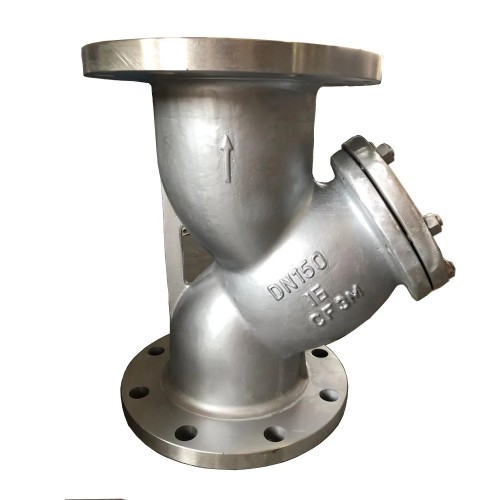pipe valve and fittings
Understanding Pipe, Valve, and Fitting Systems
In the world of plumbing and industrial processes, the importance of pipe, valve, and fitting systems cannot be overstated. These components form the backbone of any fluid transport mechanism, whether it be for water supply, wastewater management, or the conveyance of gases and chemicals. This article will explore the various types of pipes, valves, and fittings, their applications, and some considerations for selecting the right components for your needs.
Pipes The Conduits of Flow
Pipes are cylindrical tubes used to transport fluids from one location to another. The materials used for pipes can vary widely, including metals like steel and copper, plastics like PVC (polyvinyl chloride) and CPVC (chlorinated polyvinyl chloride), and even ceramics in specialized applications. Each material has its unique properties, making it suitable for specific uses.
For example, metals are generally strong and durable, making them ideal for high-pressure applications, while plastic pipes are lightweight, resistant to corrosion, and easy to install, suitable for residential plumbing and irrigation systems. The diameter of pipes also plays a crucial role; larger pipes can convey more fluid but may require more space and support.
Valves Controlling the Flow
Valves are mechanical devices that regulate the flow of fluids within piping systems. They can open, close, or partially obstruct flow, making them essential for controlling pressure, temperature, and flow rate. There are various types of valves, each designed for different conditions and uses.
1. Gate Valves These are used to start or stop flow; they operate by lifting a gate out of the path of the fluid. 2. Ball Valves Known for their durability and excellent sealing properties, they provide quick on/off control. 3. Globe Valves Ideal for throttling flow, they allow for more precise control than gate valves. 4. Check Valves These prevent backflow, ensuring that fluid moves in only one direction. 5. Butterfly Valves These have a disk that rotates to regulate flow, making them suitable for large pipeline applications.
pipe valve and fittings

Selecting the right valve is crucial for maintaining efficiency and safety in any system
. Factors to consider include the type of fluid, pressure, and the specific function needed.Fittings The Connectors of Systems
Fittings are components that enable the connection of pipes and valves, allowing for changes in direction, branching, or the creation of sealed connections. They come in various shapes and sizes, such as elbows, tees, couplings, and unions. The choice of fittings can significantly affect the efficiency and integrity of a piping system.
1. Elbows These are used to change the direction of fluid flow, typically available in 90-degree and 45-degree angles. 2. Tees Allow for branching off into two separate paths from a single pipeline. 3. Couplings Connect two pipes, allowing them to function as a single pipe. 4. Unions Similar to couplings but allow for easy disconnection for maintenance.
The material of the fittings should match that of the pipe for optimal performance, ensuring compatibility and preventing leaks.
Conclusion The Importance of Selection
When designing or maintaining a piping system, understanding the function and properties of pipes, valves, and fittings is essential. The choice of materials and types will ultimately affect the system's efficiency, safety, and longevity. It is critical to consider the specific requirements of the application, including the type of fluid, pressure conditions, and installation environment.
In summary, pipes, valves, and fittings are integral components of numerous systems across various industries. Proper selection and maintenance of these components contribute to the overall efficacy and safety of fluid transport operations, underscoring the need for knowledgeable decision-making in their use. Whether for large-scale industrial applications or everyday plumbing, a thorough understanding of these systems enables better performance and reliability.
-
The Key to Fluid Control: Exploring the Advantages of Ball Valves in Industrial SystemsNewsJul.09,2025
-
The Versatile World of 1, 2, and 3 Piece Ball ValvesNewsJul.09,2025
-
Stainless Steel Ball Valves: The Ideal Choice for Efficient Flow ControlNewsJul.09,2025
-
Optimizing Fluid Control with Ball Float ValvesNewsJul.09,2025
-
Manual Gate Valves: Essential for Control and EfficiencyNewsJul.09,2025
-
Everything You Need to Know About Butterfly ValvesNewsJul.09,2025
-
The Versatility of Wafer Type Butterfly ValvesNewsJul.08,2025




